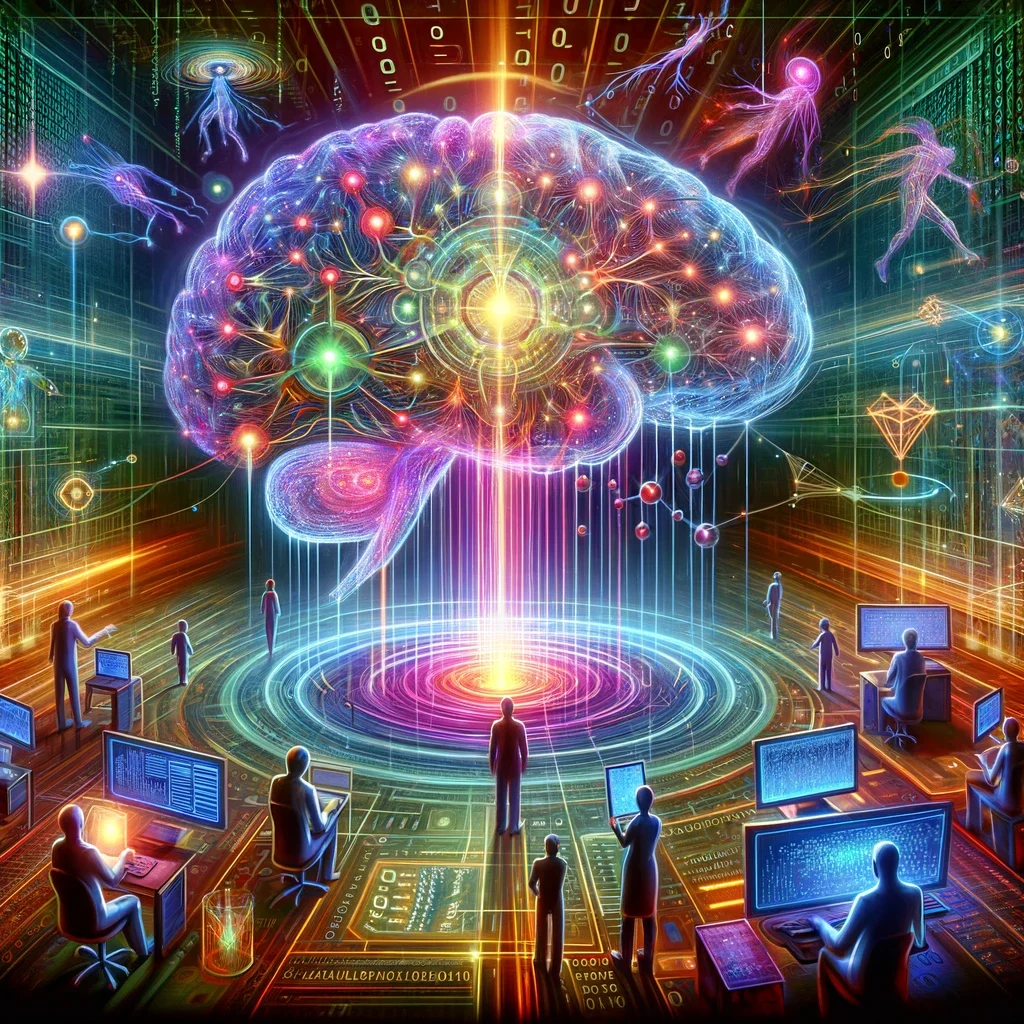The Evolution of Generative Pre-trained Transformers: A Deep Dive into GPT’s Progression
In the rapidly evolving field of artificial intelligence, few innovations have captured the imagination and attention of both the tech community and the general public as the Generative Pre-trained Transformer (GPT) series developed by OpenAI. From its inception to its latest iteration, GPT has undergone remarkable transformations, each version bringing us closer to bridging the gap between human and machine understanding. This deep dive explores the evolution of GPT, highlighting key advancements, challenges, and the implications of this groundbreaking technology on society.
The Genesis of GPT
The story of GPT begins with the introduction of the original Generative Pre-trained Transformer in 2018. Built on the transformer architecture introduced by Vaswani et al. in 2017, GPT was revolutionary in its approach to understanding and generating human language. Unlike previous models that relied heavily on task-specific architectures, GPT proposed a novel method: pre-train a language model on a large corpus of text data, then fine-tune it on a smaller, task-specific dataset.
GPT’s design was characterized by its simplicity and scalability. The model was pre-trained using an unsupervised learning technique on a dataset of 8,000 books, covering a diverse range of topics. This pre-training enabled the model to understand context, grammar, and even some world knowledge before any task-specific fine-tuning. The impact of GPT was immediate, setting new benchmarks in natural language understanding and generation tasks, such as text summarization, question answering, and more.

GPT-2: The Leap Forward
The release of GPT-2 in 2019 marked a significant leap forward in the capabilities of language models. GPT-2 was larger, both in terms of the dataset it was trained on—a staggering 40GB of text data—and its size, with 1.5 billion parameters. This increase in scale allowed GPT-2 to generate more coherent and contextually relevant text over longer passages, showcasing an uncanny ability to mimic human writing styles.
Despite its advancements, OpenAI initially withheld the full model from public release, citing concerns over potential misuse, such as generating misleading news articles or impersonating individuals online. This decision sparked a widespread debate about the ethics of AI development and the responsibility of researchers in mitigating risks associated with powerful AI technologies.

GPT-3: A Quantum Leap in AI
With the advent of GPT-3 in 2020, OpenAI once again shattered expectations. GPT-3 was not just an incremental improvement over its predecessor but a quantum leap forward, boasting 175 billion parameters. This expansion enabled an unparalleled level of fluency and versatility, allowing GPT-3 to perform a wide array of tasks without task-specific training. From writing essays and poems to generating code and engaging in human-like conversations, GPT-3 demonstrated a level of adaptability and understanding that blurred the lines between human and machine intelligence.
GPT-3’s API became a platform for innovation, enabling developers and companies to explore new applications for AI in fields such as education, healthcare, and entertainment. However, this power also intensified concerns over AI’s potential impact on misinformation, privacy, and the future of work, underscoring the importance of ethical AI development and regulation.

Beyond GPT-3: The Future of AI
As we look beyond GPT-3, the future of AI appears both promising and challenging. OpenAI and other research institutions are exploring ways to improve the efficiency, understanding, and safety of AI models. Efforts are underway to reduce the environmental impact of training large models, improve the models’ ability to understand and generate non-English languages, and ensure that AI benefits all of humanity.
The emergence of AI-powered tools and platforms is transforming industries, revolutionizing how we interact with technology, and prompting important discussions about the role of AI in society. The ongoing evolution of GPT serves as a testament to human ingenuity and a reminder of the ethical responsibilities that accompany technological advancement.

Challenges and Ethical Considerations
The journey of GPT highlights not only technological milestones but also the challenges and ethical dilemmas faced by the AI community. Issues such as bias in AI models, the potential for job displacement, and the dual-use nature of AI technologies necessitate a collaborative approach to governance and regulation. Balancing innovation with societal welfare requires ongoing dialogue among technologists, policymakers, and the public.
Conclusion

The evolution of Generative Pre-trained Transformers from GPT to GPT-3 and beyond represents a remarkable chapter in the history of artificial intelligence. Each iteration has brought us closer to understanding the intricacies of human language and cognition, offering a glimpse into the future of human-machine collaboration. As we stand on the brink of new discoveries, the story of GPT reminds us of the power of human curiosity and the importance of stewarding this technology with wisdom and foresight. The journey of GPT is far from over, and its full impact on society remains to be seen. What is clear, however, is that the fusion of human and artificial intelligence holds the potential to solve some of the world’s most pressing challenges, heralding a new era of innovation and understanding.

